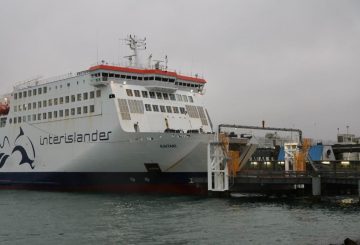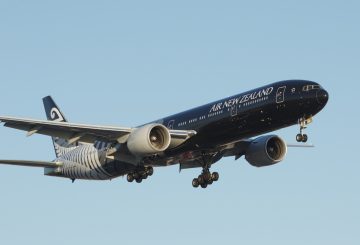車の修理が必要ですか?どのくらいの頻度でオイルを交換すべきですか?タイヤの点検の仕方を知っていますか。
車のサービスをサボってもいいように思えるかもしれないが、それは間違いだ。自動車整備士のグラント・ウォーターズは、重大な自動車トラブルのほとんどは、人々が定期的に車の修理を受けていないことが原因だと警告しています。
中には最長5年間も修理を怠り、エンジンにほとんどオイルが残らないという人もいます。これにより、深刻な損傷や高額な修理費が発生する可能性があります。サービス担当者は、ブレーキ液、エンジンオイル、フィルター、ベルト、ブレーキ、タイヤなどの重要部品をチェックします。
クーラントを確認するには、ラジエーターの冷却タンクを見てください。最小レベルと最大レベルにはマークがあります。この間に置いてください。クーラントはエンジンの過熱を防ぎますが、漏れたり詰まったりする可能性があります。クーラントは2年ごと、または60,000km経過後に交換してください。
オイルチェックの場合は、オイルが落ち着くまで車の電源を10~15分間切ってください。ディップスティックを使用して、最小点と最大点の間のレベルを確認します。低い場合は、適切なオイルを慎重に加えてください。オイルは時間が経つと効果が失われるため、10,000kmごと、または少なくとも年に1回はオイルとフィルターを完全に交換する必要があります。
カーバッテリーの寿命は約4〜6年です。色を確認してください。緑は良好、黒は大丈夫、白は交換が必要です。長時間のドライブは、バッテリーの寿命を延ばすのに役立ちます。
タイヤの空気圧は重要です。ドアの内側で正しい空気圧を確認してください。スペアタイヤも必ず点検してください。車両タイプに適したタイヤを使用すると、燃料を節約できます。
運転習慣も重要です。安全な距離を保ち、燃料を節約するために緩やかに加速してください。
しばらく車を使用しない場合は、車両登録を3~12か月間保留にすることを検討してください。ただし、追加のコンプライアンスチェックを避けるため、年末までに忘れずに更新してください。






























































